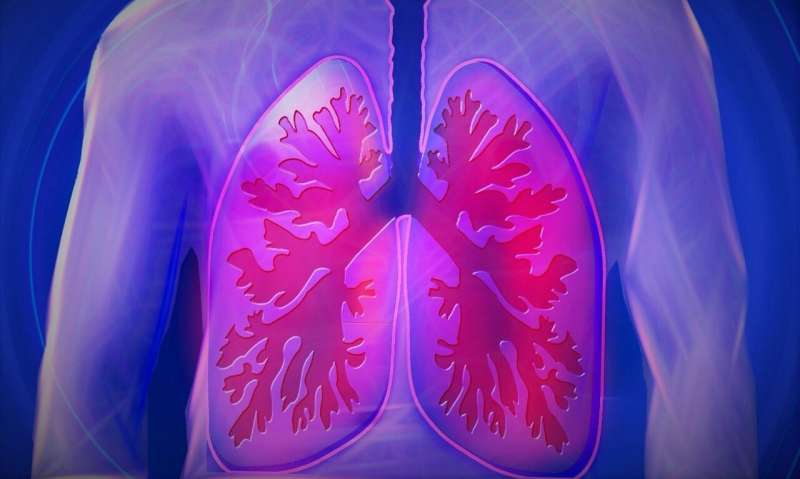NLST follow up reaffirms that low dose CT reduces lung cancer mortality

Early detection and treatment through screening with low-dose computed tomography (LDCT) has been investigated as a potential means of reducing lung cancer deaths for more than two decades. In 2011, a large U.S. study, the randomized National Lung Screening Trial (NLST), reported a significant 20% reduction in lung cancer mortality in high-risk current and former smokers screened annually for three years with LDCT as compared to chest x-rays. The NLST study included 26,722 patients in the LDCT arm and 26,730 in the X-ray arm at 33 medical institutions in the United States.
Now, in the Journal of Thoracic Oncology, the authors of the NLST research report on an extended analysis of the patient cohort that was followed up on after the 2011 study was published. The authors report that their original findings have been sustained.
This follow up study also supports and reaffirms findings from the NELSON Trial, which found a 26% reduction in lung cancer mortality in men and a 39% reduction in women. The NELSON research was reported at the International Association for the Study of Lung Cancer's 2018 World Conference on Lung Cancer in Toronto.
The NLST study randomized high-risk current and former smokers to three annual screens with either low dose computed tomography (LDCT) or chest radiographs (CXR) and demonstrated a significant reduction in lung cancer mortality in the LDCT arm after median 6.5 years follow-up. In this latest report, lead researcher Paul Pinsky, Ph.D., from the National Cancer Institute, part of the National Institutes of Health, in Bethesda, Md., and his team extended the follow up to 11.3 years for incidence and 12.3 years for mortality.
The study authors wrote that with an additional six years of mortality follow up, researchers could better understand if low dose CT screening prevented deaths from lung cancer, or merely delayed them. They report that the extended follow up did allow them to determine that LDCT did, in fact, prevent lung cancer deaths or at least delayed them for more than a decade.
"Lung cancer is the leading cause of cancer death worldwide and early detection and treatment through screening with low-dose computed tomography has been investigated as a potential means of reducing lung cancer deaths for more than two decades. This study adds further weight to the notion that CT screening is effective," said Dr. Pinsky.
The original report in 2011 found that 320 patients would have to be screened to prevent one death from lung cancer while the current follow up research found that 303 patients would have to be screened to prevent one lung cancer death.
This study reaffirms previously published research that shows screening patients at high risk for lung cancer can reduce lung cancer mortality.
More information: William C. Black et al. Lung Cancer Incidence and Mortality with Extended Follow-up in the National Lung Screening Trial National Lung Screening Trial Writing Team 1, Journal of Thoracic Oncology (2019). DOI: 10.1016/j.jtho.2019.05.044














